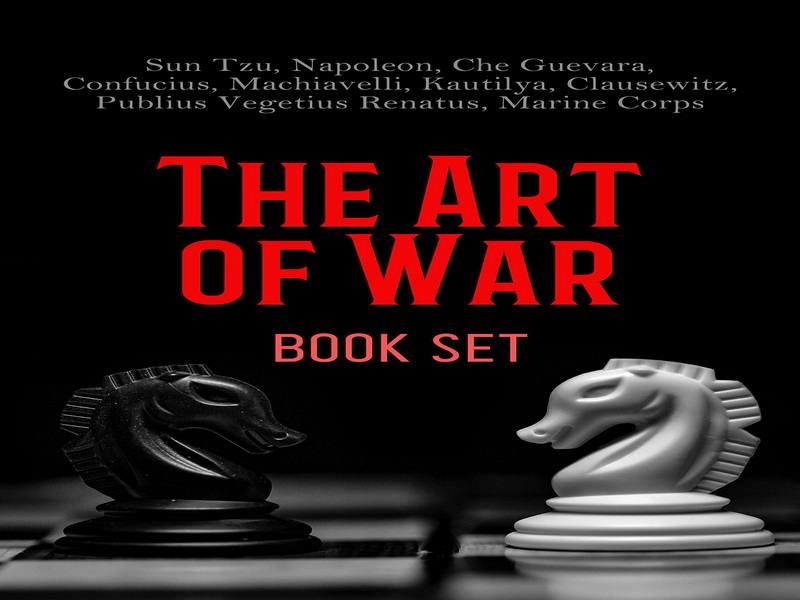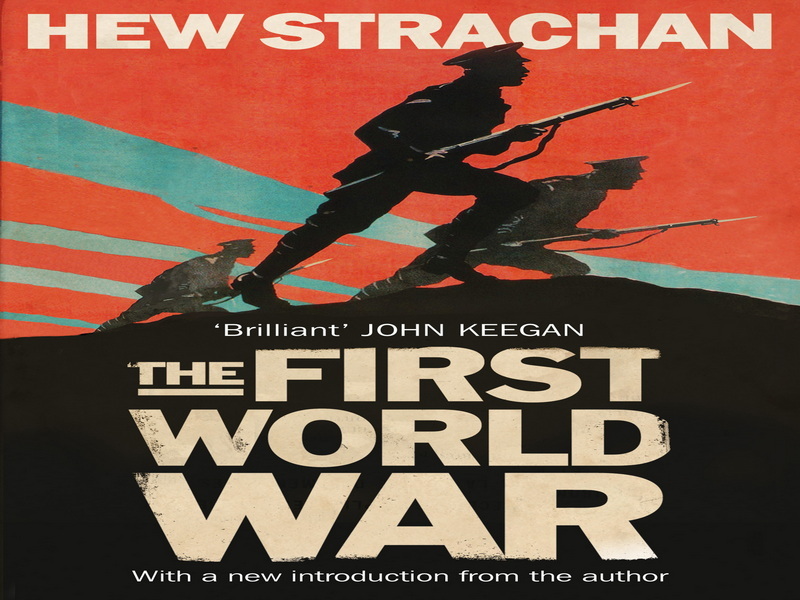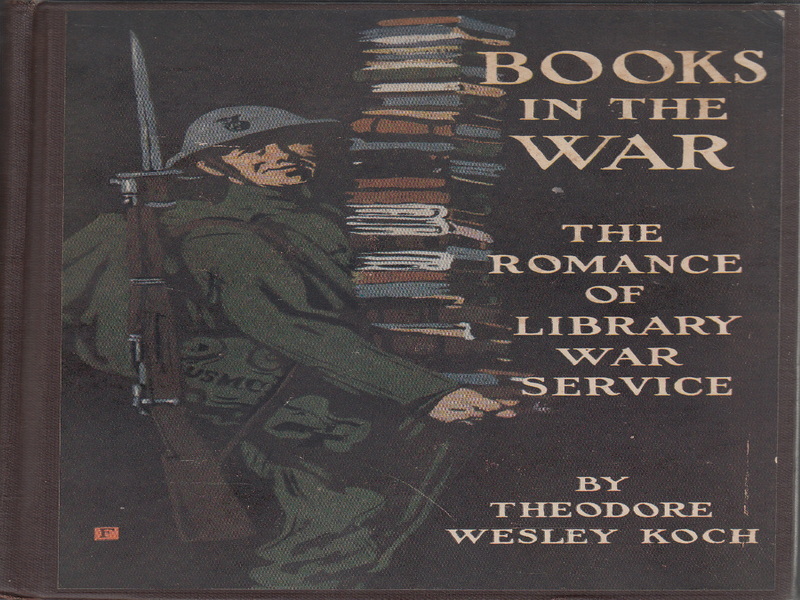Content Menu
● Understanding the Page Count Variations
● The Original Text
● Popular Translations
● Why Page Count Matters
● The Timeless Wisdom of Sun Tzu
● Conclusion
● Related Questions
>> 1. What are the main themes discussed in "The Art of War"?
>> 2. How can "The Art of War" be applied outside military contexts?
>> 3. Who was Sun Tzu?
>> 4. Are there modern adaptations of "The Art of War"?
>> 5. What makes "The Art of War" relevant today?
"The Art of War," written by the ancient Chinese military strategist Sun Tzu, is a seminal text that has influenced military thinking, strategy, and leadership for centuries. This work is not only a cornerstone of military literature but has also found applications in various fields including business, sports, and personal development. One common question that arises among readers is about the length of this classic text. In this article, we will explore the variations in page count across different editions of "The Art of War," delve into its historical context, and discuss its enduring relevance.

Understanding the Page Count Variations
The page count of "The Art of War" can vary significantly based on several factors:
- Translation Differences: Different translators interpret the text in unique ways, leading to variations in length. For instance, Lionel Giles' translation is one of the most widely recognized and typically falls around 100 pages. In contrast, Ralph D. Sawyer's comprehensive edition may exceed 300 pages due to extensive commentary and analysis.
- Edition Types: The book has been published in numerous formats including annotated editions, illustrated versions, and modern adaptations. Annotated editions often include additional notes and context that can substantially increase the page count.
- Formatting Choices: The physical layout of the book—such as font size, margins, and spacing—also contributes to differences in page count. A small paperback edition might have fewer pages than a large hardcover version with wider margins.
The Original Text
The original text of "The Art of War" consists of 13 chapters that cover various aspects of warfare such as strategy, tactics, and leadership. It is relatively concise when compared to other classical texts. The original Chinese version is comprised of approximately 5,000 characters, which translates to around 6,000 words in English. This brevity is part of what makes the text so powerful; it conveys profound wisdom in a succinct manner.
Popular Translations
Here are some notable translations and their typical page counts:
- Lionel Giles (1910): This translation is highly respected for its fidelity to the original text and usually contains about 100 pages.
- Ralph D. Sawyer (1994): Known for its scholarly approach, this edition often exceeds 300 pages due to detailed annotations and historical context.
- Samuel B. Griffith (1963): This version includes commentary on military strategies and typically spans around 200 pages.

Why Page Count Matters
Understanding the page count can help readers select an edition that suits their needs:
- Quick Reads: For those looking for a brief overview or introduction to Sun Tzu's ideas, shorter editions are ideal.
- In-Depth Study: Readers interested in a comprehensive understanding may prefer longer editions that provide context, analysis, and commentary on each chapter.
The Timeless Wisdom of Sun Tzu
Regardless of the edition chosen, "The Art of War" offers timeless insights that transcend its military origins:
- Strategic Thinking: The principles outlined in the text encourage readers to think critically about conflict and competition in various contexts.
- Leadership Lessons: Sun Tzu emphasizes the importance of adaptability and foresight in leadership—qualities that are valuable not only on the battlefield but also in business and personal endeavors.
- Conflict Resolution: The strategies presented can be applied to resolving conflicts effectively by understanding both one's own strengths and those of opponents.
Conclusion
In conclusion, "The Art of War" remains a vital resource for anyone interested in strategy, leadership, or conflict resolution. Its varying page counts reflect the diverse interpretations and formats available to readers today. Whether one seeks a quick read or a deep dive into Sun Tzu's teachings, there is an edition suited for every type of reader. As we continue to navigate complex challenges in our lives—be they personal or professional—the wisdom contained within this ancient text remains relevant and insightful.

Related Questions
1. What are the main themes discussed in "The Art of War"?
The main themes include strategy, adaptability, leadership qualities, deception in warfare, and understanding one's enemy.
2. How can "The Art of War" be applied outside military contexts?
Its principles can be applied in business strategy, sports competition, negotiation tactics, and personal development.
3. Who was Sun Tzu?
Sun Tzu was an ancient Chinese general and philosopher credited with writing "The Art of War," which dates back to approximately the fifth century BC.
4. Are there modern adaptations of "The Art of War"?
Yes, many modern adaptations exist that apply Sun Tzu's principles to contemporary issues such as business management and personal success strategies.
5. What makes "The Art of War" relevant today?
Its insights into strategy and human behavior provide timeless guidance on navigating conflicts effectively in various aspects of life.
































